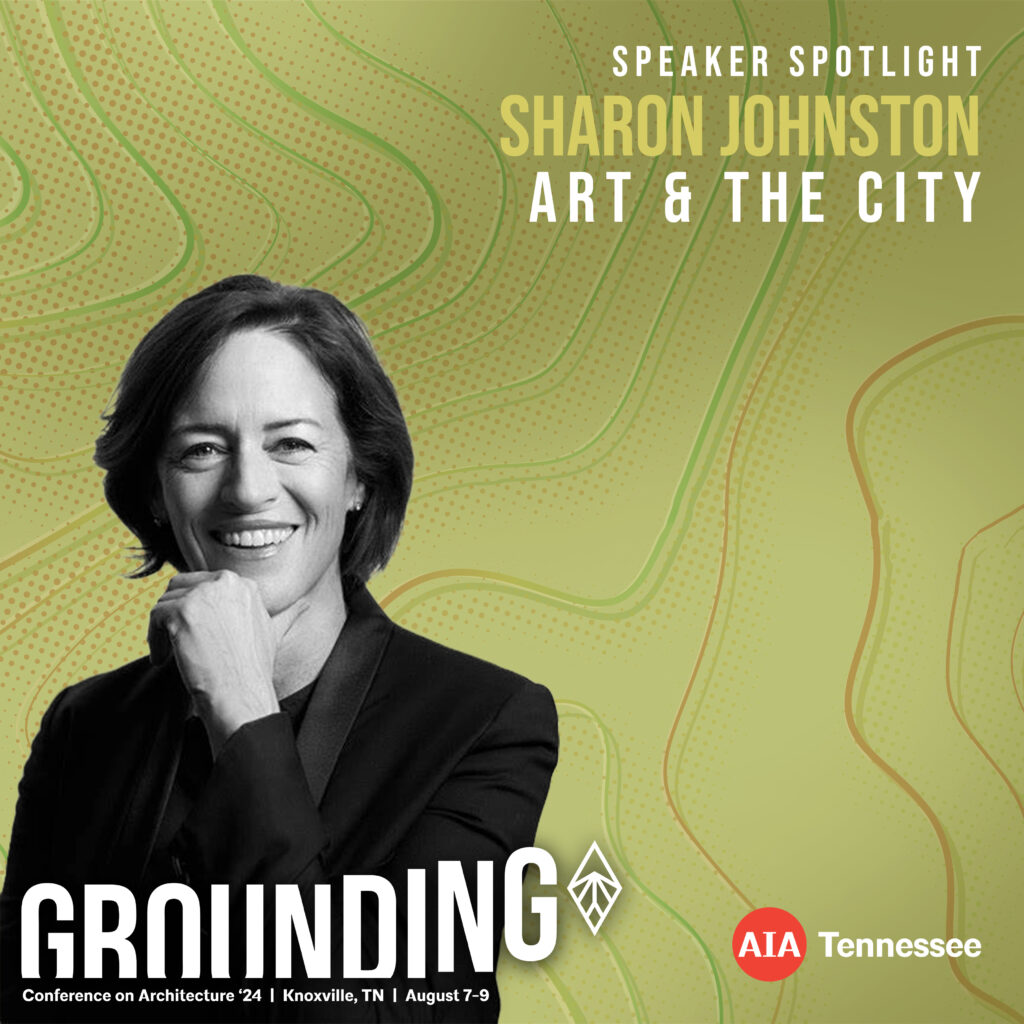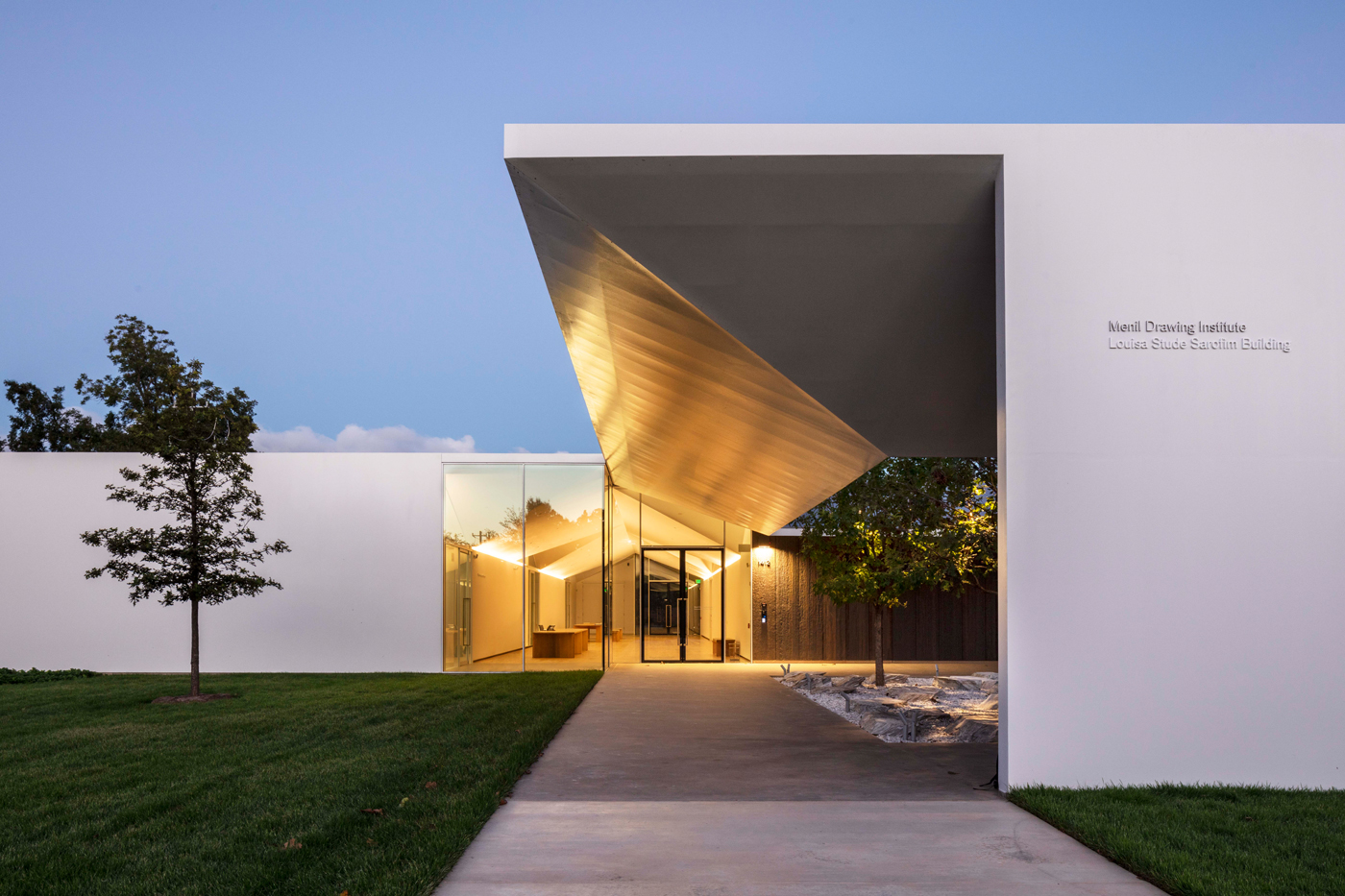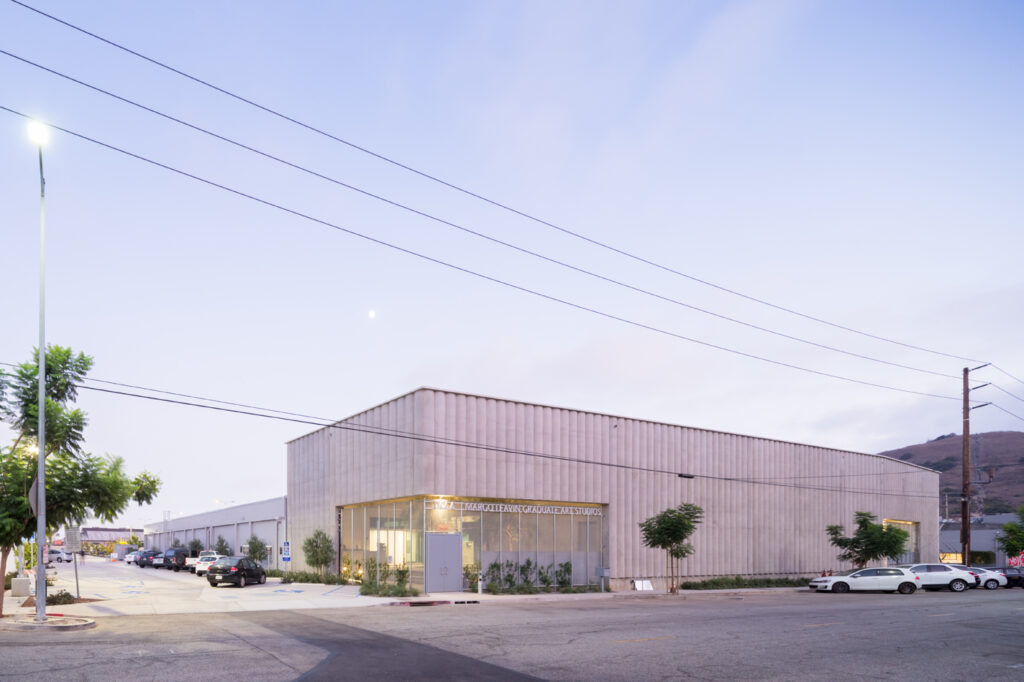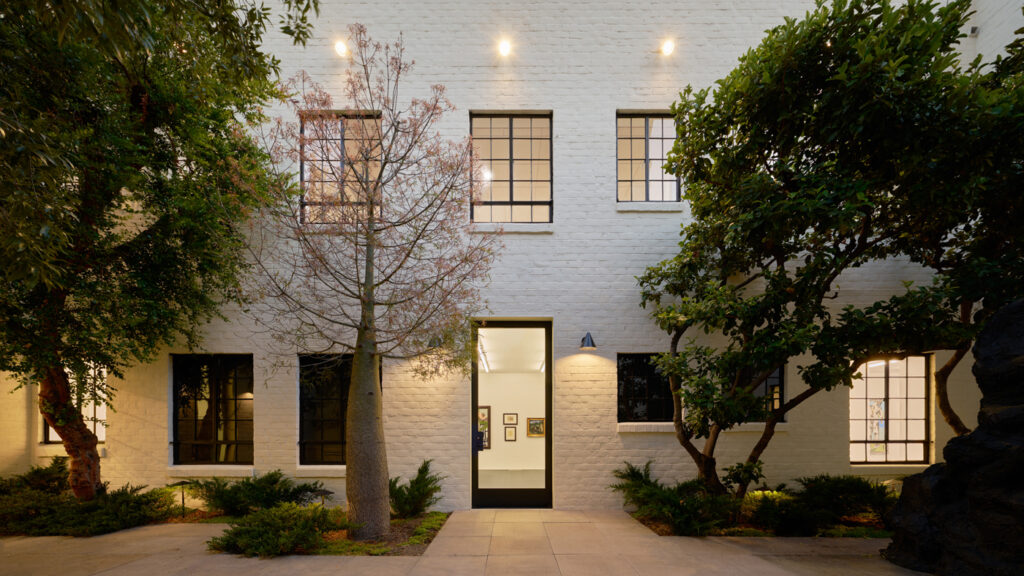Speaker Spotlight: Sharon Johnston, FAIA
2024 AIA Tennessee Conference Speaker

Since its establishment in 1998, Johnston Marklee has been recognized nationally and internationally with over 50 major awards. A book on the work of the firm, entitled HOUSE IS A HOUSE IS A HOUSE IS A HOUSE IS A HOUSE, was published by Birkhauser in 2016. Monographs include: 2G N. 67, El Croquis N. 198, and A+U N. 614.
Projects undertaken by Johnston Marklee are diverse in scale and type, spanning fourteen countries throughout North and South America, Europe, and Asia. Recent projects include the Menil Drawing Institute, on the campus of the Menil Collection, which opened in November 2018; a renovation of the Museum of Contemporary Art Chicago, completed in September 2017; the new UCLA Graduate Art Studios campus in Culver City, California; and the design of the new Dropbox global headquarters in San Francisco, California.
Her presentation at this year’s conference entitled Art and the City will cover more of Johnston Marklee’s diverse portfolio in the context of arts and culture institutions and their relationship with the fabric and history of cities.
Learn more about Sharon in our Q&A below.

First, would you give a short summary of what you’ll be speaking about at the AIA TN conference and its importance for architects?
Exploring the relationship of architecture and urbanism, I will discuss our work with contemporary arts and culture institutions in relation to the context and history of cities. The work establishes fluid boundaries between art and the public in environments that engage communities in diverse ways.

There seems to be more awareness of the environmental impact of design. What have you seen or learned that makes that impact more crucial for you as a designer/architect?
The truly great buildings evolve through time, so success is creating buildings that are enduring, generous and adaptable enough to continue to be relevant—functionally, materially, and within the lineage of history and societal shifts—and surprise us with their beauty.
We are finding more interesting opportunities for reusing existing buildings, and this is core to our approach: working creatively with existing buildings, so that new uses and spatial atmospheres emerge in conversation with what was built. We’re also very focused on the natural world, and open space and landscape are essential to the experience of our work. The patio, garden, courtyard, and meadow weave into each of our projects at different scales and reflect the specific environments we are working in and the atmosphere we intend to create.

Would you share some advice to younger architects or those new to architecture about the profession and the process of design?
The career arc of an architect is long and winding, and what lies at the very core of a practice when it is born and as it grows are relationships, which support and expand how and where one discovers opportunities to design. The importance of building skills and knowledge cannot be underestimated, and while it seems young practitioners are accelerating their exposure through the myriad of social platforms, taking it slow, being intentional with your output, and building the foundations of a career are still essential to be able to participate in the complexity of projects locally and globally through time. It’s important to build a community of like-minded colleagues and collaborators and exchange ideas across a shared platform—whether that be buildings, exhibitions, or teaching, among many other practice modes. I find that having a supportive community helps bring more voices to the table.
Find out more about Sharon and the AIA Tennessee Conference in the links below.
